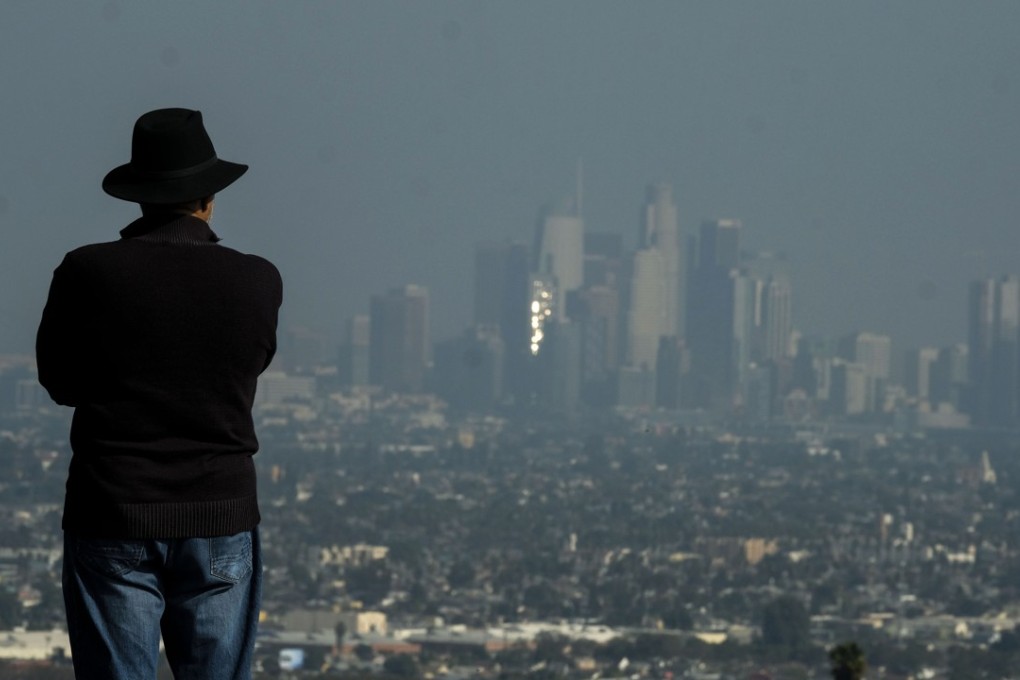Advertisement
The View | Rival US and Chinese innovators have a common cause: climate change
- Jill Baker says rising sea levels, pollution and extreme weather are global problems that must be jointly tackled by the best minds in both the US and China. The hi-tech clusters in Silicon Valley and the Greater Bay Area must lead the way
Reading Time:3 minutes
Why you can trust SCMP
0

This past week, as some of the deadliest wildfires on record continued to blaze in California, the San Francisco Bay Area, including Silicon Valley, has experienced air quality in the “hazardous” range – far worse, on some days, than that of Beijing during its notorious 2013 smog, before the Chinese government took measures to reduce pollutants from coal combustion. For residents of San Francisco, their present “airpocalypse” brings home the reality that, with unchecked global warming, California will continue to be subject to drought, and can expect the fire season’s trend to worsen.
Global warming is not a local problem, but a global one. And it can be used to unite nations in innovative collaboration.
Along with my colleagues at Asia Business Council, I recently co-authored a report, titled “Shenzhen, Beijing, and Silicon Valley: Chinese and US Technology Clusters Vie for Supremacy”. We found that Chinese and American technology clusters shared success factors that help innovation to thrive. These include: the availability of talent; government support; innovation financing; and research activity. Although the Greater Bay Area (the Jing-Jin-Ji region comprising Beijing, Tianjin and Hebei) and Silicon Valley all have differences in cultural expression, the factors that nurture innovation are the same.
We also identified a shared set of next-level challenges, faced by each of the three innovation clusters, including bridging the talent and income divide; improving affordability and quality of life; fostering fair competition and developing international standards; and, upgrading environmental sustainability. Although we framed our briefing in the context of a global rivalry, what is striking is that each region is better off working together on global issues like trade and climate change, where a collaborative approach is required.

Climate change and sustainability are issues for both the US and China. The San Francisco Bay Area must deal with a host of longer-term climate change-related challenges, including sea-level rises and periods of increased drought. San Francisco’s South Bay and Silicon Valley’s bay levels are projected to rise over the coming decades. Flooding is happening now, from East Palo Alto to Sunnyvale, an area that includes the corporate headquarters of some of the largest technology companies, including Google, Facebook, and Amazon. Annual losses could run as high as US$15 billion if nothing is done.
Advertisement
